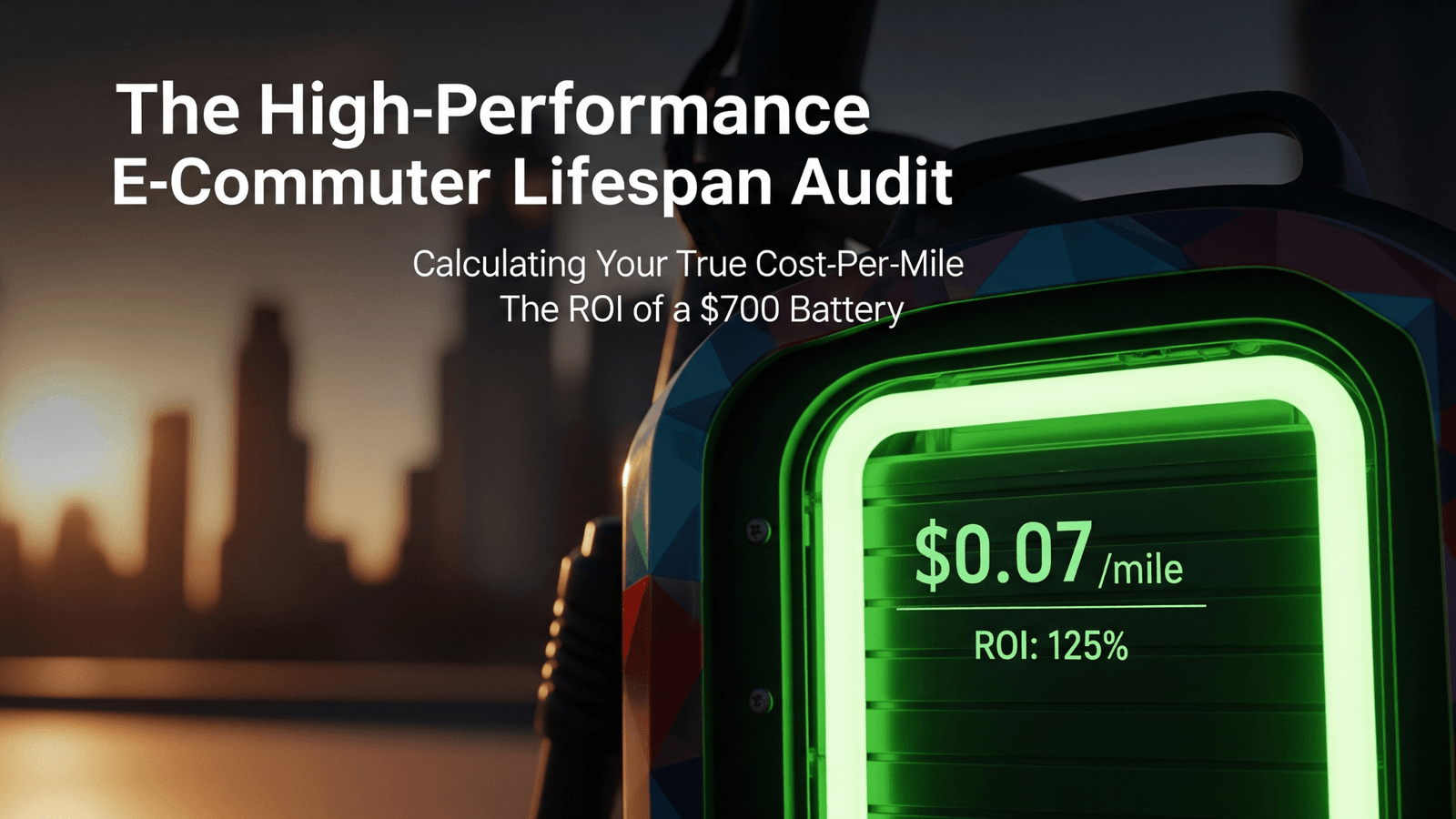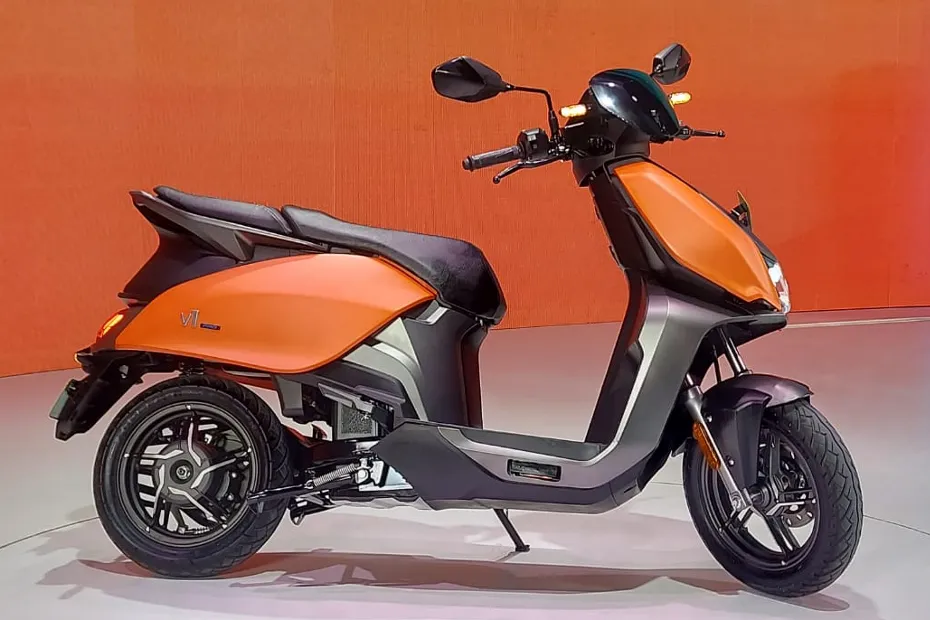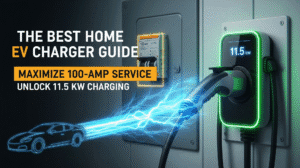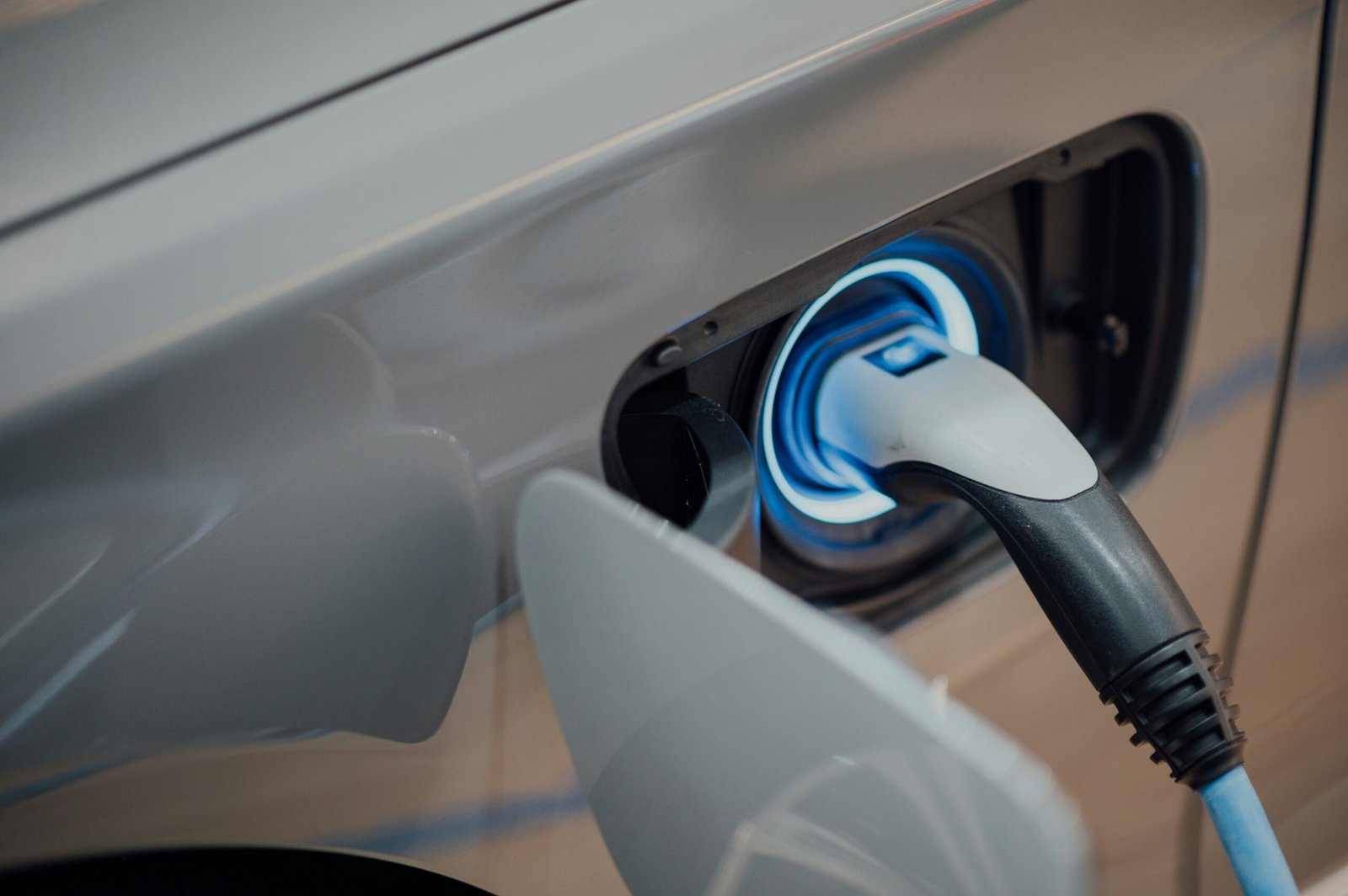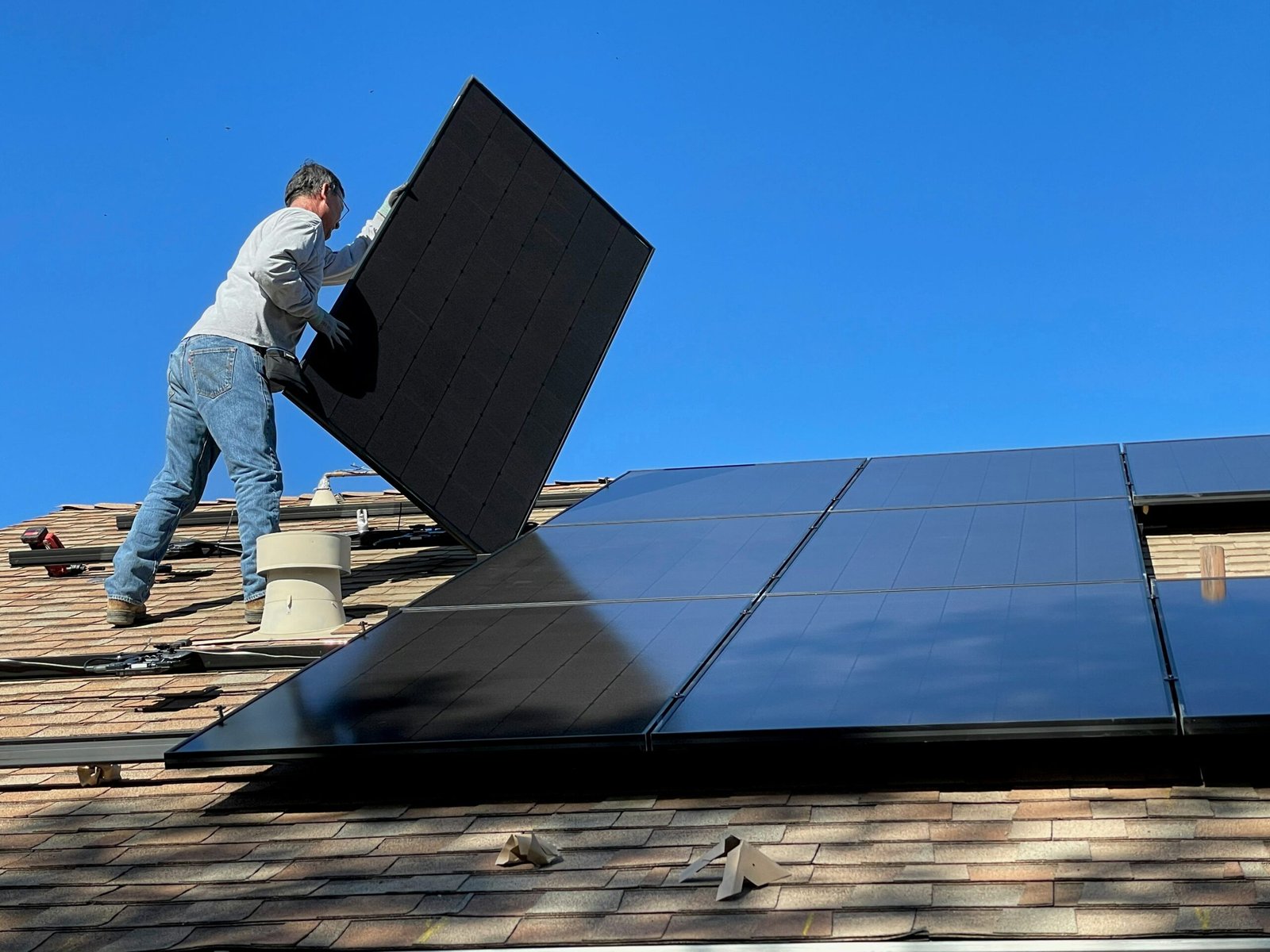The initial cost of an E-Commuter or EV scooter is more than a traditional bicycle, but I believe its running cost isn’t measured in pennies—it’s measured in years of savings. Before I recommend any investment, I always perform a deep financial audit that accounts for the complete reality: the actual $0.82 per mile cost of a car and the often-ignored $700+ battery replacement risk.
My goal here is to provide you with the verifiable metrics to prove why the high-performance electric two-wheeler is the smartest, most cost-effective transportation investment you can make for your commute.
1. Calculating Your True Cost-Per-Mile (CPM)
Most analyses you read fail because they wildly underestimate the actual cost of car ownership. My audit uses current data to calculate the Total Cost of Ownership (TCO), amortized over five years.
My Audited Cost-Per-Mile Breakdown
The single biggest cost difference I found between a car and a high-performance EV commuter is not fuel, but total overhead.
| Cost Component | Car (Average Sedan, Per Mile) | EV Commuter (High-End Scooter/Bike, Per Mile) | Strategic Takeaway |
| Total Ownership Cost | ∼$0.50 (Depreciation, Fees, Insurance) | ∼$0.06 (Depreciation, Minimal Fees) | This is the bulk of the cost. EV Commuters nearly eliminate it. |
| Fuel / Electricity | ∼$0.13 (Gas) | ∼$0.002 (Electricity) | The energy cost is negligible. |
| Maintenance & Tires | ∼$0.19 (Oil, Tires, Repairs) | ∼$0.04 (Brake pads, chain lube) | We save here. Electric two-wheelers require significantly less mechanical work. |
| Total True Cost-Per-Mile (CPM) | ∼$0.82 (Actual AAA Average) | ∼$0.10 | An EV Commuter is 8x cheaper to operate per mile. |
E-Bike Payback & ROI Calculator
How fast will your E-Commuter pay for itself?
1. Your E-Commuter Investment
2. Your Commuting Habits (Cost Baseline)
3. Your Payback Results
**DISCLAIMER:** Savings are calculated by replacing the car’s **$0.82 CPM** operating costs with the e-bike’s actual operating costs. This assumes **partial car replacement** and does not account for depreciation of the car.
2. Mitigating the $700 Battery Replacement Risk
I know the battery is the financial bottleneck. It’s the most valuable and expensive component on your high-performance commuter, often costing between $700 and 1,500 to replace. It’s designed to last 3 to 5 years or approximately 500 to 1,000 charge cycles before experiencing significant range degradation.
Ignoring this replacement cost destroys your ROI.
Battery Lifespan: The True Financial Cycle
The key to maximizing your ROI is pushing the replacement date as far out as possible.
| The Cost | My Risk Mitigation Strategy (The Hack) |
| Initial Purchase | Your EV Commuter pays for itself in 18–24 months through saved fuel, parking, and maintenance costs alone. |
| Battery Replacement ($700–$1,500) | Use Zero-Depreciation Insurance. This specialized add-on ensures the insurer pays the full replacement cost. Note: Specialized e-bike insurance with zero-depreciation coverage remains uncommon in most US markets. |
| Degradation | Avoid Temperature Extremes. Battery lifespan is optimized in the 10∘C−25∘C (50∘F−77∘F) range. I never charge my battery when it is freezing cold or leave it in direct sunlight (Source: Technical Guidance). |
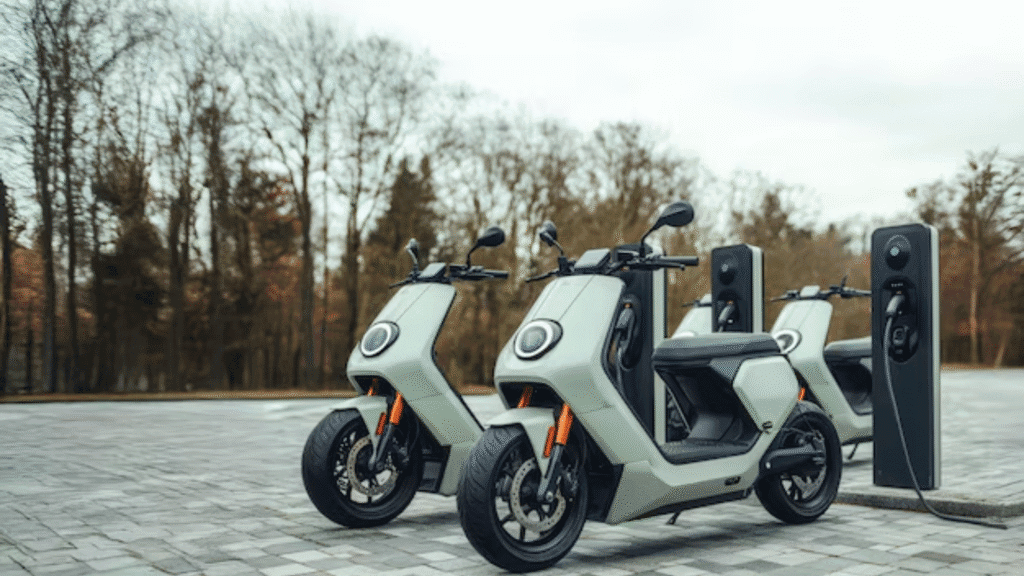
3. The Smart Investment: Qualified ROI and Savings
We must be realistic: most users cannot replace their car entirely. The true financial value of the electric commuter lies in the partial replacement of high-cost commuting miles.
Our Final Return on Investment (ROI)
The following math assumes you use the electric commuter for your commute (5,000 miles annually) but keep your car for long-distance travel and hauling.
| Scenario | Financial Projection | Cautionary Caveat |
| Fuel & Maintenance Savings (5 Years) | $1,700 – $2,500 Saved | This does not include saved insurance, registration, or parking fees, as those costs remain tied to the car. |
| Depreciation Mitigation | $0.00 | You do not mitigate the car’s depreciation unless you sell it. Your savings are limited to operating costs. |
| Total Annual Savings (Operating) | ∼$800 to $$$1,200 | This is the realistic annual amount you save by choosing the $0.10 CPM electric commuter over the $0.82 CPM car for your daily miles. |
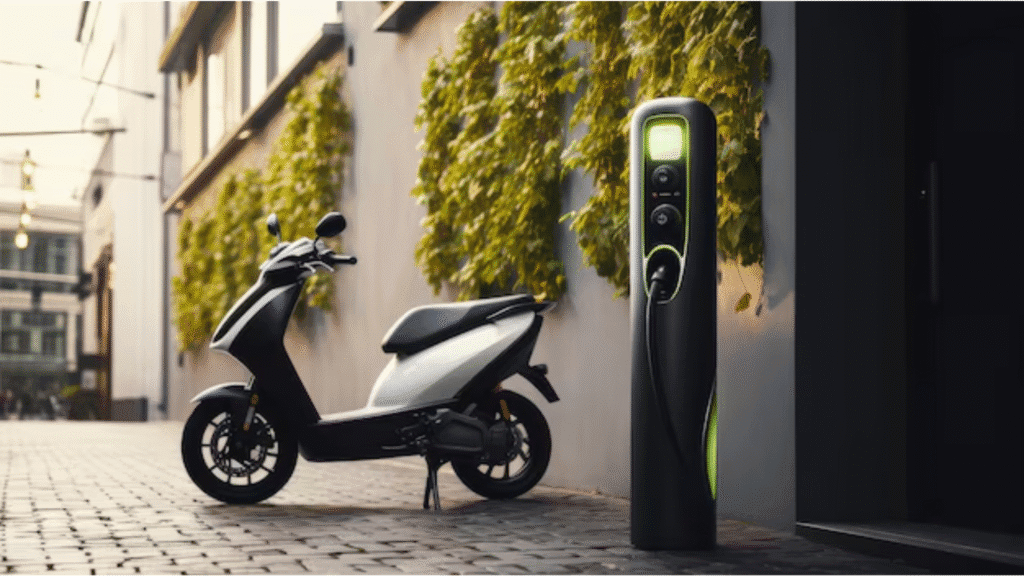
The electric commuter is not a car replacement; it is a rapid financial asset. Its ability to save $800 to $1,200 annually on operating costs alone means your purchase price is paid back entirely by savings within three years—a powerful and immediate return on investment.
Rahul is a core expert on the Vecharged team. With over 5 years of hands-on experience in e-mobility, embedded engineering, and consumer battery technology, Rahul is dedicated to bringing technical clarity to your most significant clean energy investments.

